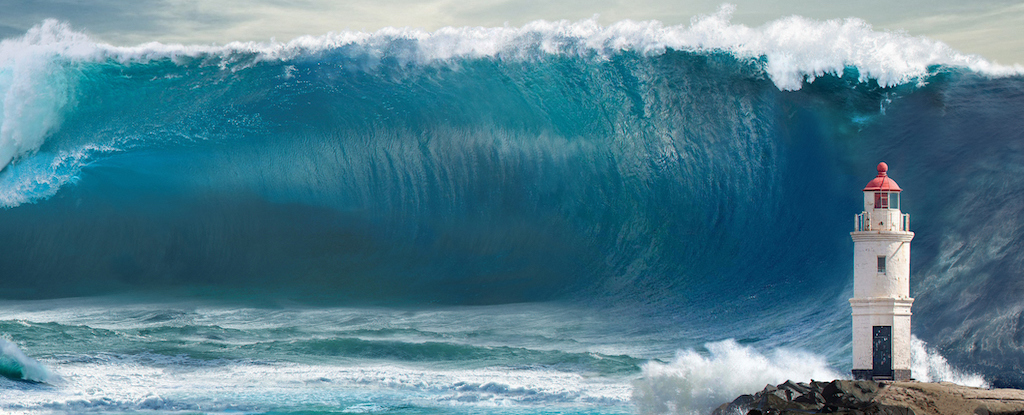
Rogue waves, often seen as maritime myths, are real phenomena that can reach heights of more than 65 feet (20 meters). A recent study conducted over 18 years by an international team of researchers has provided new insights into their origins. The findings, published in Nature Scientific Reports, suggest that these massive waves are not just random occurrences but arise from fundamental processes in the ocean.
Researchers analyzed data from 27,500 half-hour wave records collected from the Ekofisk oil platform in the central North Sea between 2003 and 2020. These records captured various sea states, including significant storm events like the Andrea wave incident in 2007. The study aimed to understand what triggers rogue waves, which can pose significant dangers to ships and offshore structures.
Understanding Rogue Waves Through Data Analysis
The researchers focused on the theory of modulational instability, which has been widely discussed in the context of rogue wave formation. This theory posits that rogue waves can emerge from interactions between smaller waves under certain conditions. However, the team found that this theory does not hold up in the open ocean, particularly in environments like the North Sea, where waves can come from multiple directions.
Using statistical techniques, the researchers uncovered that rogue waves are more accurately explained by a phenomenon known as constructive interference. This occurs when two or more waves align and combine to form a larger wave. The asymmetry of sea waves—where their crests are sharper than their troughs—amplifies this effect. As smaller waves converge, their steeper crests stack together, resulting in a sudden surge that creates a massive wave.
In essence, a peaceful day at sea can quickly turn into a dangerous situation when numerous ordinary waves converge at the same time, creating a rogue wave that can rise and fall in under a minute. This process follows a quasi-deterministic pattern, which, while recognizable, also contains elements of randomness.
The Role of Environmental Factors and Future Implications
The study’s findings suggest that while rogue waves may seem unpredictable, they follow certain patterns governed by natural laws. The research aligns with the broader theory of quasi-determinism proposed by oceanographer Paolo Boccotti. This theory posits that extreme wave events are influenced by recognizable patterns that emerge through constructive interference across different wave systems.
On November 24, 2023, for instance, a storm in the North Sea led to the formation of a rogue wave that measured 55 feet (17 meters). Utilizing the principles outlined in the study, researchers applied an AI model to analyze this event, confirming that it resulted from the stacking of multiple smaller waves, consistent with the theories of quasi-determinism and constructive interference.
Understanding the mechanisms behind rogue waves has significant implications for maritime safety. Insights from this research can aid engineers and designers in creating safer ships and offshore platforms, as well as improving predictions of potential risks associated with these formidable oceanic phenomena.
Francesco Fedele, an Associate Professor of Civil and Environmental Engineering at the Georgia Institute of Technology, emphasized that recognizing how rogue waves form is crucial for enhancing safety in maritime operations. This groundbreaking research not only demystifies rogue waves but also paves the way for more informed engineering practices in the face of extreme sea conditions.






